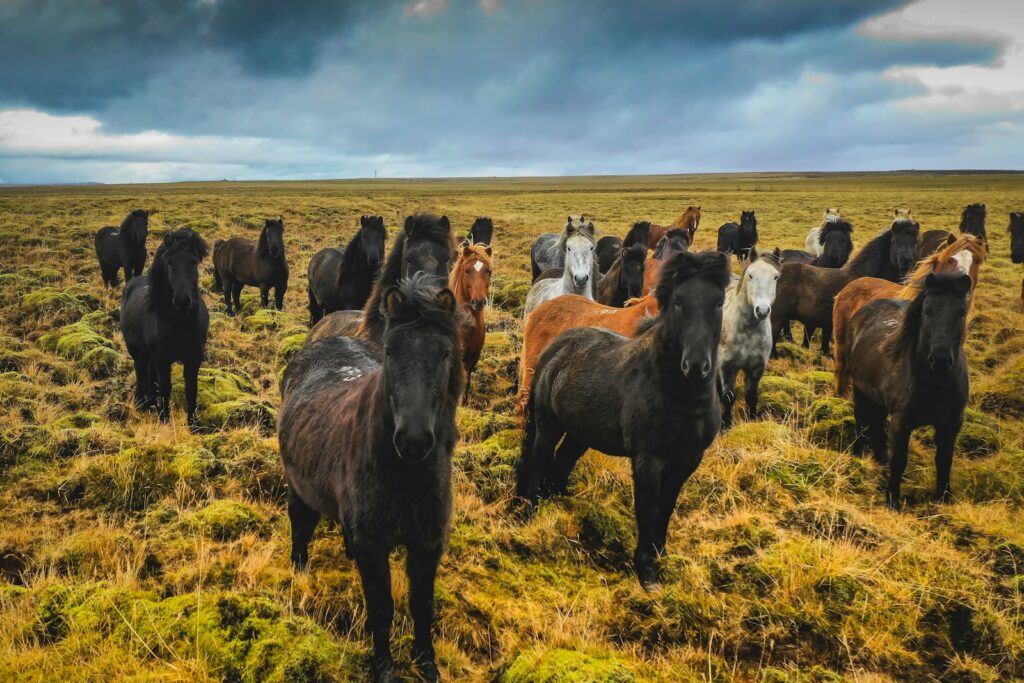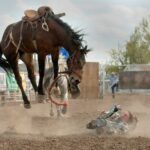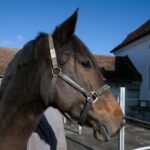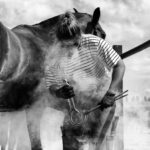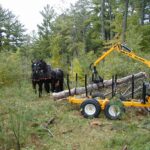Bringing a new horse into an established herd requires careful planning and patience. Horses are naturally social animals with complex herd dynamics that have evolved over thousands of years. When introducing a newcomer, we’re essentially disrupting this delicate social structure, which can lead to stress, injuries, or ongoing conflict if not managed properly. The good news is that with thoughtful preparation and the right approach, you can help your horses form new bonds and create a harmonious herd environment. This comprehensive guide explores the essential steps and considerations to ensure a smooth transition when welcoming a new equine member to your farm.
Understanding Horse Herd Dynamics
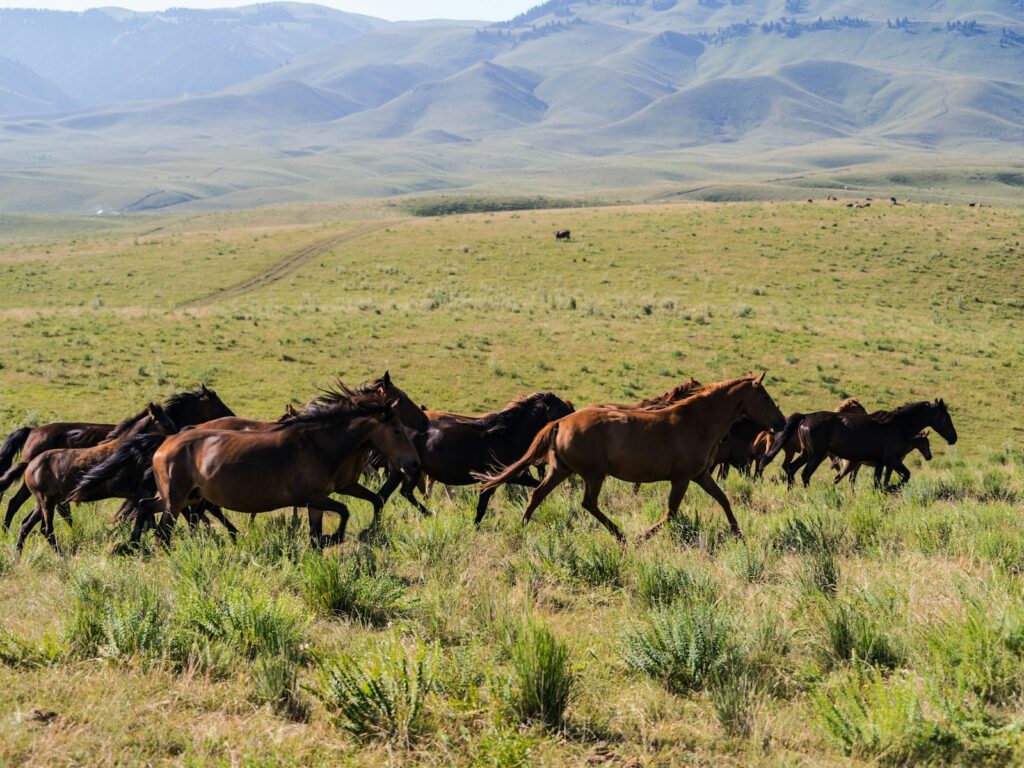
Horses are prey animals that rely on their herd for safety and security, making their social structures incredibly important to their wellbeing. In natural settings, herds typically follow a hierarchical organization with clear leaders who control resources and direct movement. When a new horse joins the group, the entire social hierarchy must readjust, with each animal finding its place in the revised pecking order. This restructuring process involves communication through body language, vocalizations, and sometimes physical interactions that can range from gentle warnings to more forceful kicks or bites. Understanding these natural behaviors helps us recognize that some conflict during introductions isn’t just normal—it’s necessary for establishing the new social order that will ultimately lead to group stability.
Quarantine Procedures for New Arrivals
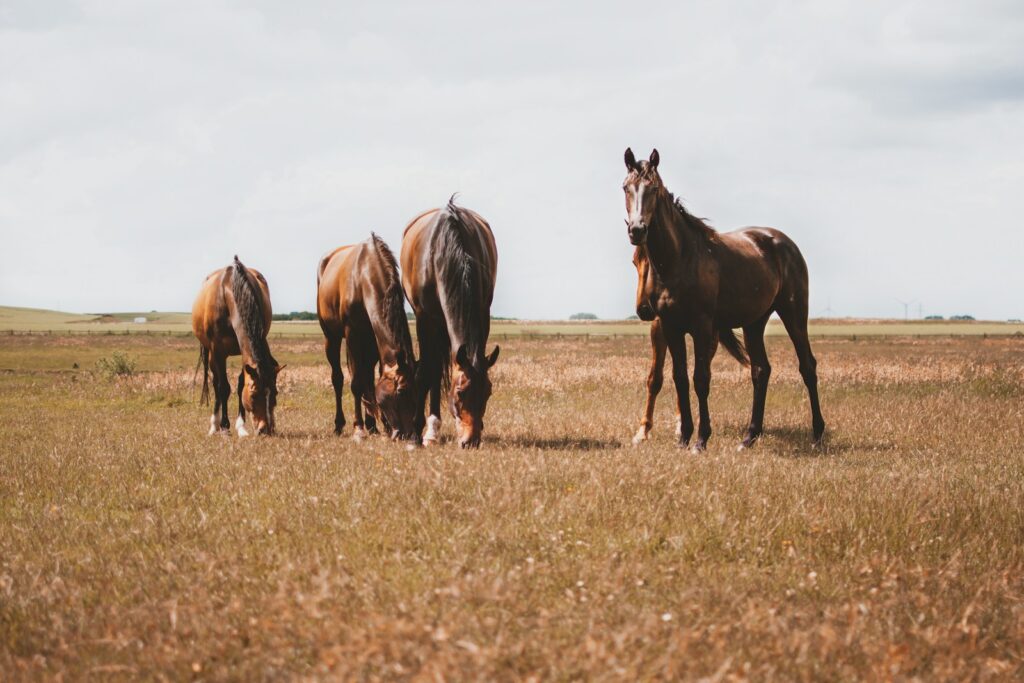
Before any introductions take place, proper quarantine protocols are essential to protect both your existing herd and the new arrival from potential health issues. A minimum two-week separation period (with 30 days being ideal) allows you to monitor the new horse for signs of illness that might not be immediately apparent upon arrival. During this time, the newcomer should be housed in a separate barn or at least 30 feet away from your current horses, with no shared water sources, feed areas, or equipment. This quarantine period also serves as an adjustment time for the new horse to become familiar with your property’s sights, sounds, and routines without the added stress of social integration. Regular temperature checks and veterinary inspection during this period provide additional assurance that your new horse is healthy and ready for introduction.
Creating the Optimal Introduction Environment
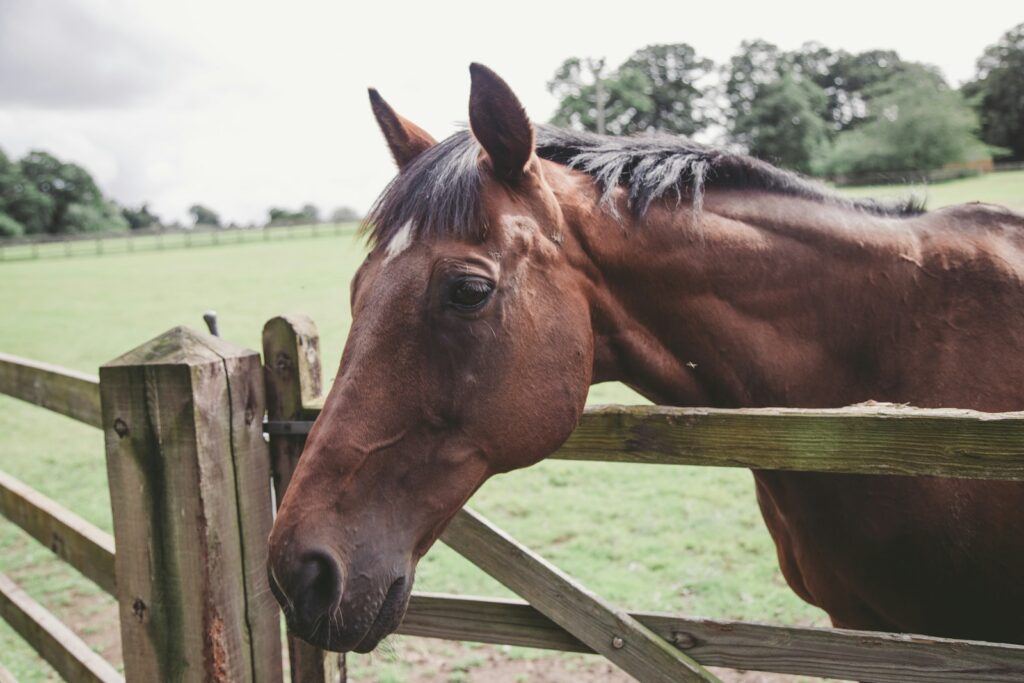
The physical environment plays a crucial role in successful horse introductions, with safety being the top priority. Choose a space with secure, smooth fencing that’s free of hazards like protruding nails, wire fencing, or tight corners where a horse might become trapped during interactions. A large paddock or pasture provides ample room for horses to move away from confrontation if needed, which is essential for reducing injury risk. The introduction area should be neutral territory when possible, meaning a space not strongly claimed by any existing herd member, which helps prevent territorial aggression. Remove all obstacles that could cause injury during movement, such as feeding troughs, salt blocks, or toys, until the horses have settled into their new social arrangement. The ideal introduction space balances visibility (so horses can see each other clearly) with sufficient room for safe interaction.
Conducting Initial Fence-Line Introductions
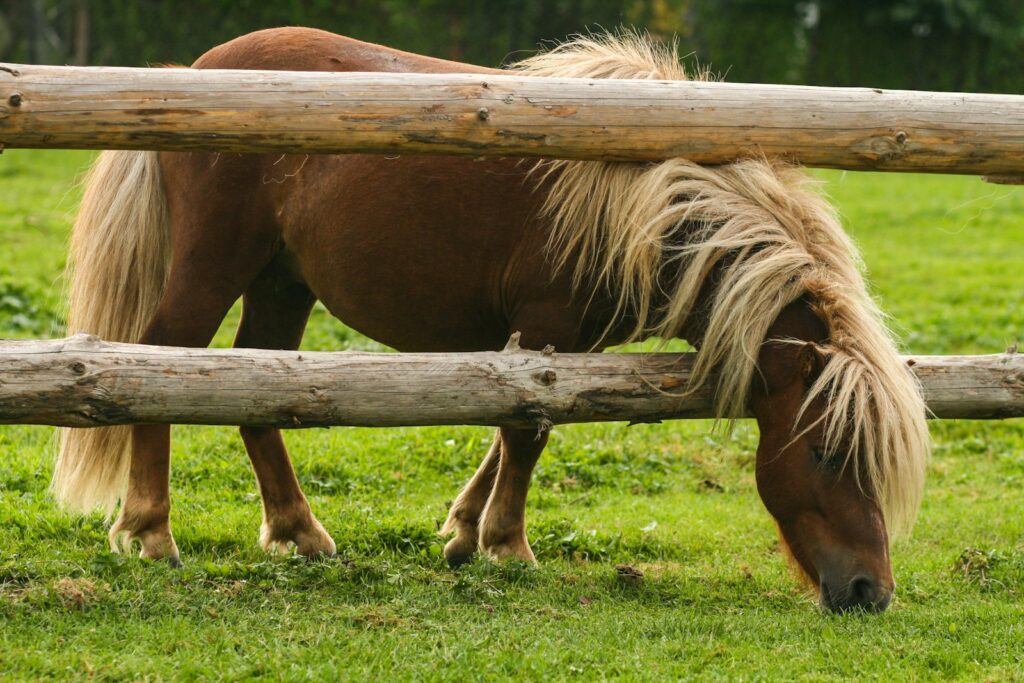
Fence-line meetings provide an excellent first step in the introduction process, allowing horses to become acquainted while maintaining a physical barrier for safety. Position the new horse in an adjacent paddock or stall where they can see, smell, and interact with the resident horses across the fence. This controlled exposure allows them to engage in natural greeting behaviors like sniffing, squealing, and even mock threats without direct physical contact. During these first encounters, observe their interactions closely for signs of compatibility or potential problems—extreme aggression at this stage may indicate the need for a more gradual approach. Many horses will progress from initial wariness to curiosity and eventual acceptance during fence-line meetings, which typically should continue for several days before attempting direct contact. These preliminary interactions help reduce the novelty and tension when physical barriers are eventually removed.
Selecting the Right Introduction Horse
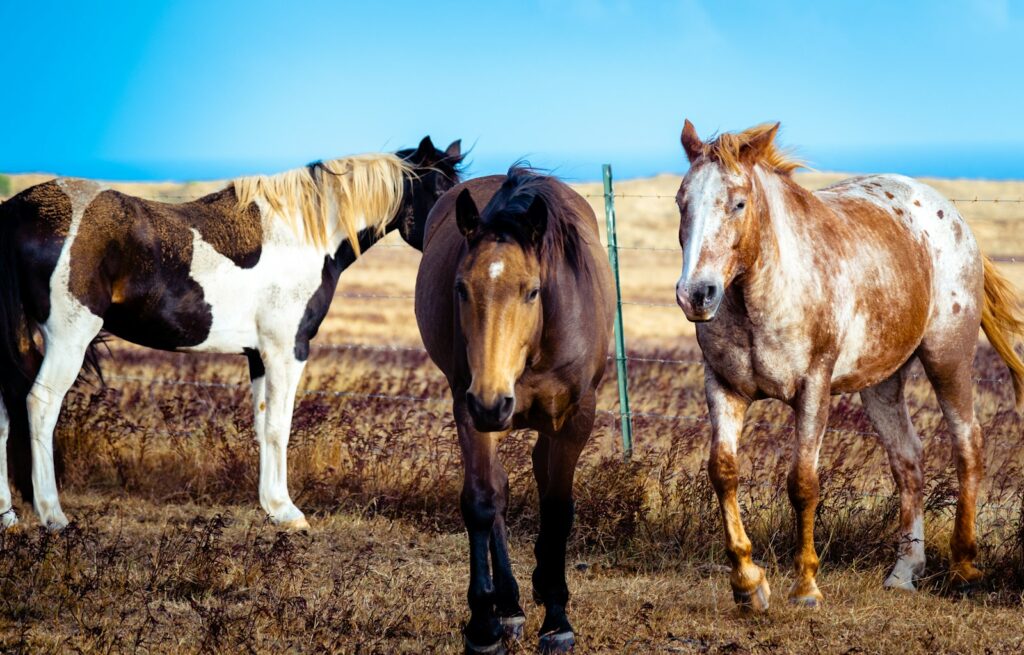
Not all members of your existing herd will make ideal first contacts for a newcomer. When possible, choose a calm, middle-ranking horse with good social skills to be the first to meet your new arrival directly. These “diplomat” horses often have balanced temperaments that allow them to establish boundaries without excessive aggression, making them perfect for guiding a newcomer into the social structure. Avoid using the herd leader for first introductions, as these dominant horses may feel compelled to establish their authority forcefully. Similarly, very submissive horses might become overly stressed if paired with an assertive newcomer. Watch your existing herd’s behavior during fence-line introductions for clues about which horse shows appropriate interest without excessive aggression or fear. The right introduction horse can significantly reduce stress for the newcomer and set a positive tone for future herd integration.
Timing and Weather Considerations

The timing of introductions can significantly impact their success, with morning hours generally offering advantages over other times of day. Early introductions allow for maximum daylight hours to monitor interactions and give horses time to adjust before nightfall. Avoid introducing horses during feeding times when resource competition naturally increases aggression, or during extreme weather that might increase stress or limit movement options. Calm, clear days with moderate temperatures create ideal conditions for introductions, as horses are neither irritable from heat and insects nor huddled together for warmth. Seasonal considerations also matter—spring introductions often coincide with naturally higher energy levels and hormonal changes that might increase aggressive behavior. Whatever time you choose, ensure you have several hours available for continuous observation without interruptions.
Gradual Integration Methods
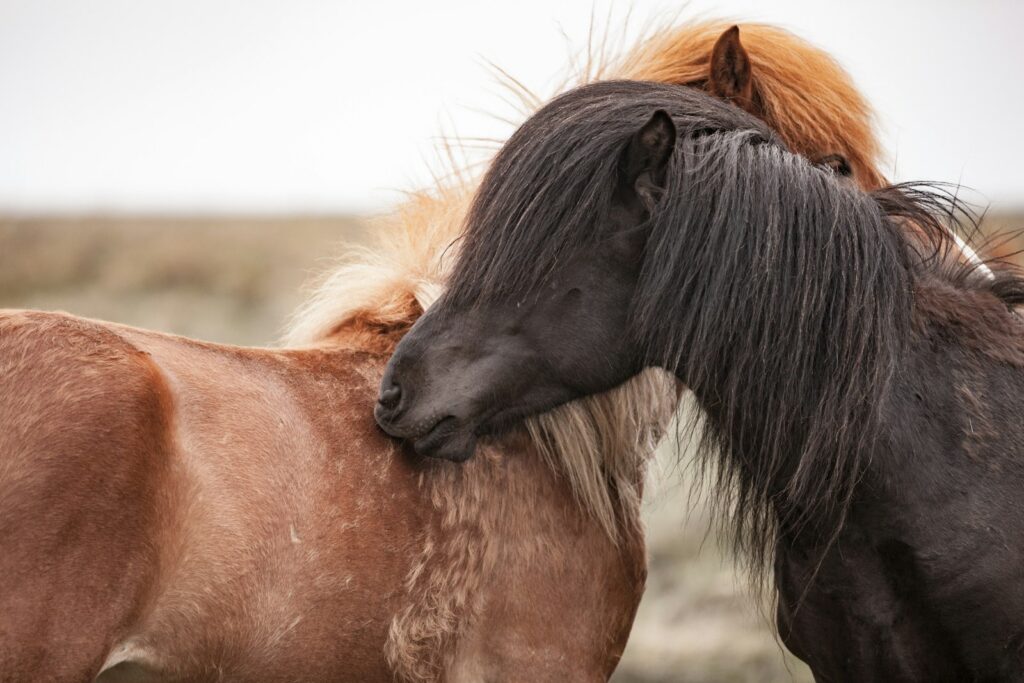
After successful fence-line meetings, a step-by-step integration approach helps minimize conflicts while building positive associations. Begin with short, supervised direct interactions between your new horse and the selected introduction horse in a spacious enclosure. These initial meetings should last 20-30 minutes, gradually increasing duration as the horses show signs of compatibility. Once the pair establishes a comfortable relationship, you can begin introducing additional herd members individually, starting with the more submissive animals and working toward the more dominant ones. Another effective approach involves adding the new horse and the introduction horse to a small group of middle-ranking herd members before integrating with dominant horses. Throughout this process, provide multiple hay piles spaced widely apart to prevent resource guarding, and ensure access to water sources from different approaches. This gradual method respects the horses’ need to establish clear relationships with each individual herd member rather than facing the entire social structure at once.
Recognizing Normal vs. Dangerous Behavior
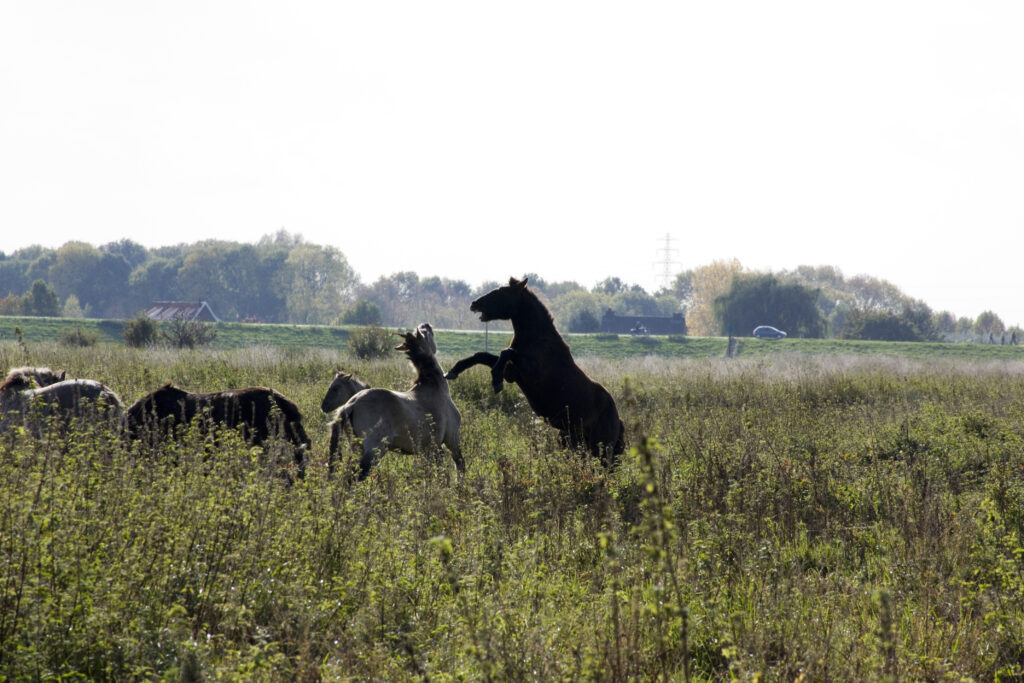
During introductions, distinguishing between normal establishing behaviors and dangerous aggression is crucial for knowing when to intervene. Normal interaction behaviors include squealing, posturing with raised heads and arched necks, sniffing, and even threat displays like pinned ears or showing teeth. Brief chasing and mild kicking toward the hindquarters are also typical ways horses establish dominance. However, prolonged, aggressive chasing that doesn’t subside, repeated charging with intent to injure, or biting at vulnerable areas like the face, neck, or belly indicates dangerous escalation requiring immediate separation. Be particularly concerned if one horse cannot escape or is being driven into fencing. The key difference lies in whether the aggressor stops once the point is made or continues pursuing with increasing intensity. Understanding these distinctions helps you provide appropriate supervision without unnecessarily disrupting the natural herd-building process.
Special Considerations for Different Horse Types
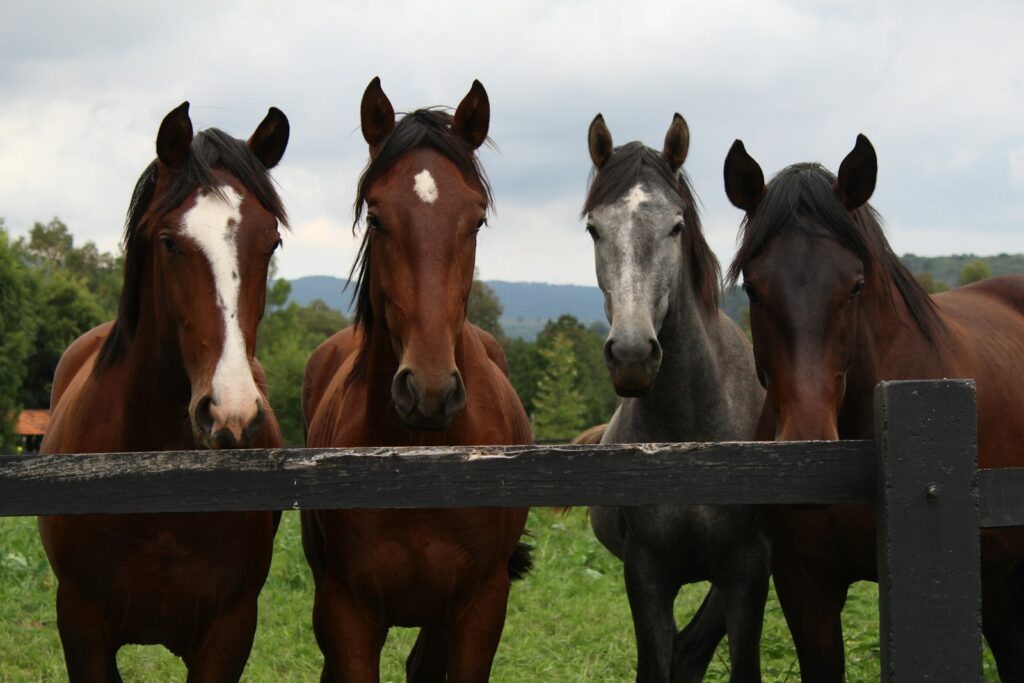
Certain types of horses require modified introduction approaches based on their specific characteristics. Young horses under three years old generally integrate more easily but may need protection from overly aggressive adults who don’t recognize appropriate boundaries with juveniles. Senior horses often require extra time and protection during introductions, as their reduced mobility might prevent them from effectively establishing position or escaping confrontation. Stallions present significant challenges and typically require professional handling due to their naturally territorial and competitive nature. Mares in heat may attract excessive attention, making introductions during this time potentially more volatile. Previously isolated horses or those with limited social experience might display inappropriate responses due to underdeveloped social skills. For these special cases, additional precautions like smaller introduction spaces, more frequent monitoring, or extended fence-line acquaintance periods can improve integration success.
Managing Feed and Resources During Transitions
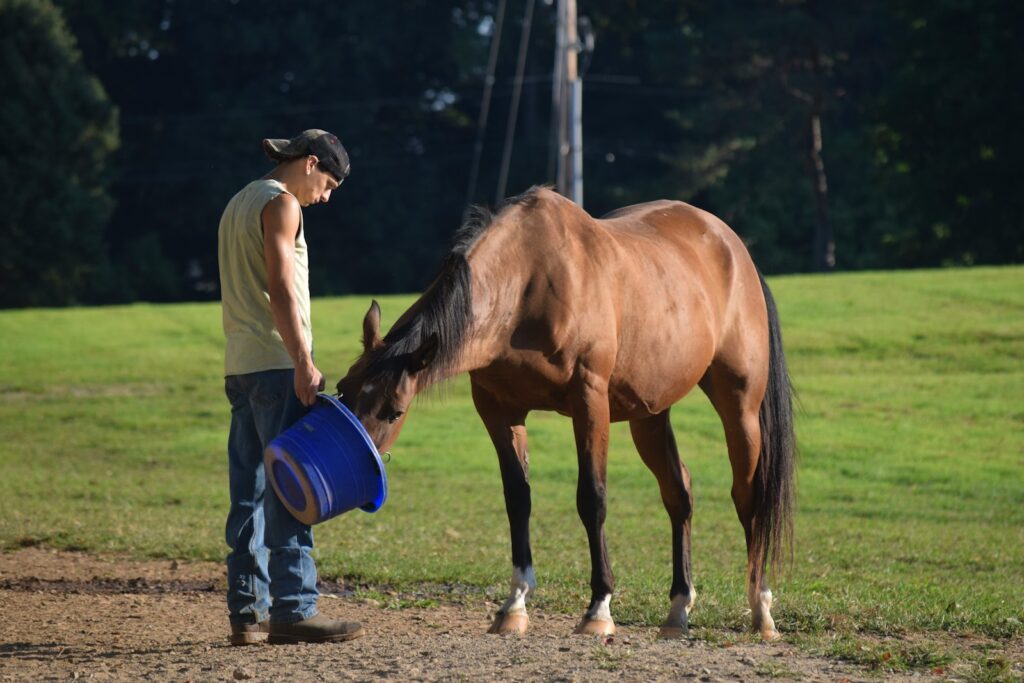
Resource management plays a critical role in successful herd integration since competition for food and water frequently triggers confrontation. Distribute hay in multiple piles spaced at least 40-50 feet apart, providing more piles than there are horses to reduce competition and allow subordinate animals access without confrontation. Position water sources in open areas where horses can approach from multiple directions without feeling trapped. During the initial integration period, avoid feeding concentrated feeds in group settings, instead opting to separate horses for grain feeding until the social structure stabilizes. Provide multiple salt and mineral blocks in different locations to prevent resource guarding. This strategic resource management reduces potential conflict triggers while horses are still establishing their relationships, significantly lowering stress levels during the transition period.
Using Body Language and Pressure Techniques
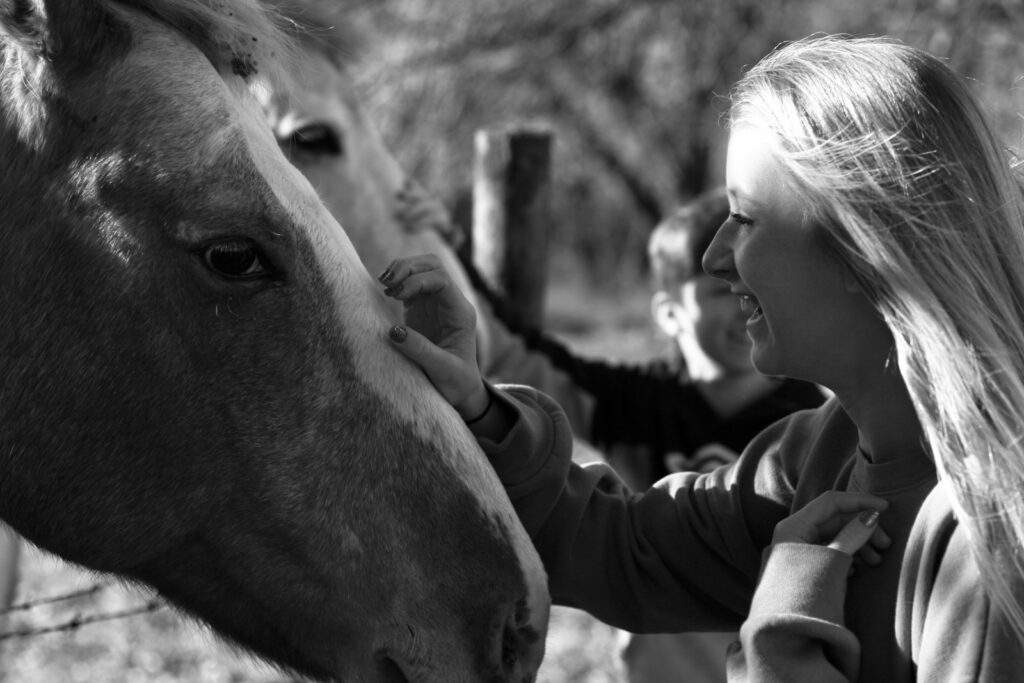
Understanding and utilizing equine communication principles can help you safely manage interactions during introductions. Horses naturally respond to pressure and release, a concept you can apply when intervening in escalating situations. For instance, positioning yourself between horses with confident body language creates natural pressure that can redirect their attention without direct handling. A long whip (used as an extension of your arm, not for striking) can safely increase your spatial influence when directing movement. Understanding equine body language allows you to anticipate problems—watch for rapid escalation signals like squared-up stances, intense staring, or quick movement toward another horse with pinned ears. When horses begin showing relaxation signals like head lowering, licking and chewing, or standing side by side, they’re demonstrating acceptance and decreasing tension. These natural communication methods allow you to influence interactions while respecting the horses’ need to establish their own relationships.
Monitoring Long-Term Integration Success
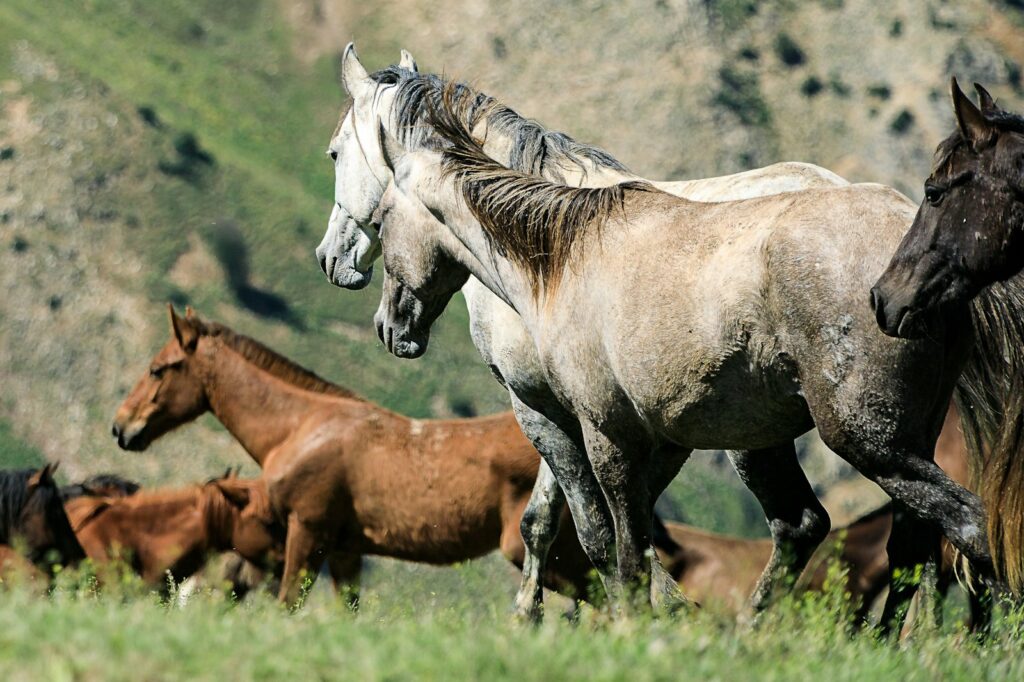
Successful integration extends well beyond the initial introduction days, requiring ongoing observation and occasional management adjustments. During the first few weeks, observe feeding patterns to ensure all horses maintain appropriate body condition, as subtle intimidation might prevent lower-ranking individuals from accessing resources even without obvious confrontation. Watch for signs of chronic stress like weight loss, dull coat, reduced water intake, or unusual isolation from the group. Continue monitoring social interactions during different conditions and activities, as some tensions may only appear during specific circumstances like confinement due to weather or competition for preferred grazing areas. Successful long-term integration is evident when horses display mutual grooming, stand together during rest periods, and show coordinated movement as a cohesive unit. These positive social behaviors indicate that your new horse has found its place in the established social structure.
When to Seek Professional Help
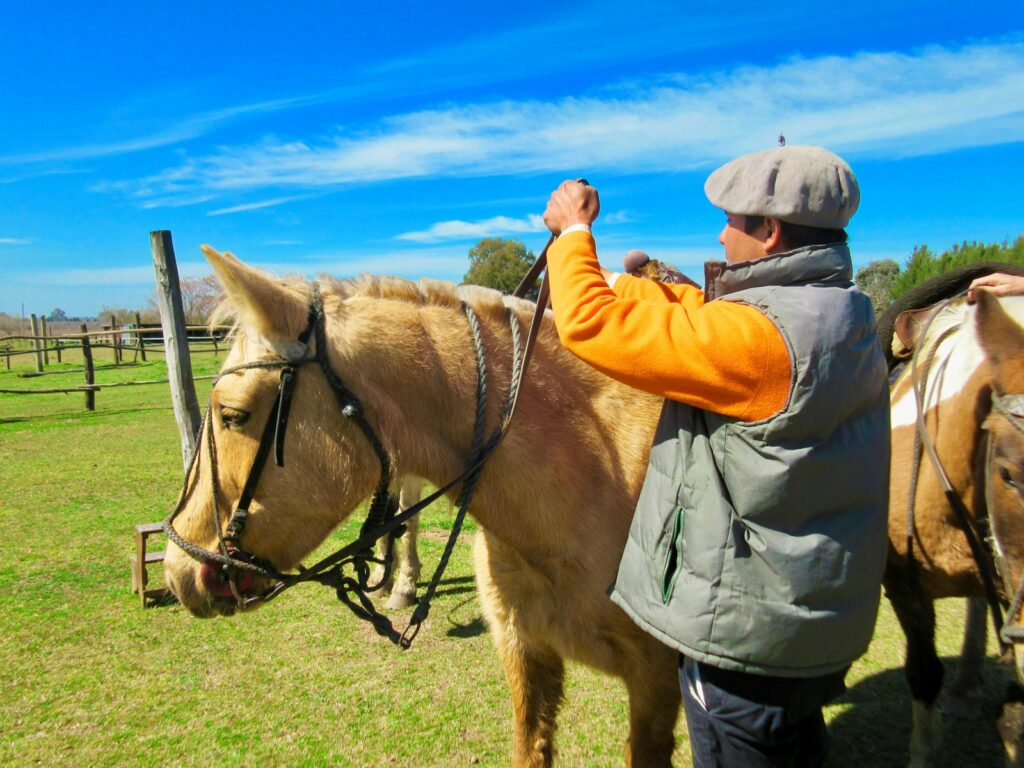
Despite careful planning, some introductions present challenges that require professional assistance to resolve safely. Consider seeking expert help if aggressive behaviors don’t diminish after several supervised introduction attempts or if any horse sustains injuries beyond minor scratches during the process. Persistent extreme aggression, a horse that seems perpetually stressed despite careful integration attempts, or situations involving particularly valuable or vulnerable animals may warrant professional intervention. Equine behaviorists, experienced trainers with specific herd integration expertise, or veterinarians with behavioral specialization can provide tailored strategies for difficult cases. These professionals can observe subtle dynamics you might miss and recommend specialized techniques based on the specific personalities involved. Remember that seeking help isn’t a failure but rather a responsible choice that prioritizes the welfare and safety of all horses in your care.
Creating Long-Term Harmony in Mixed Herds
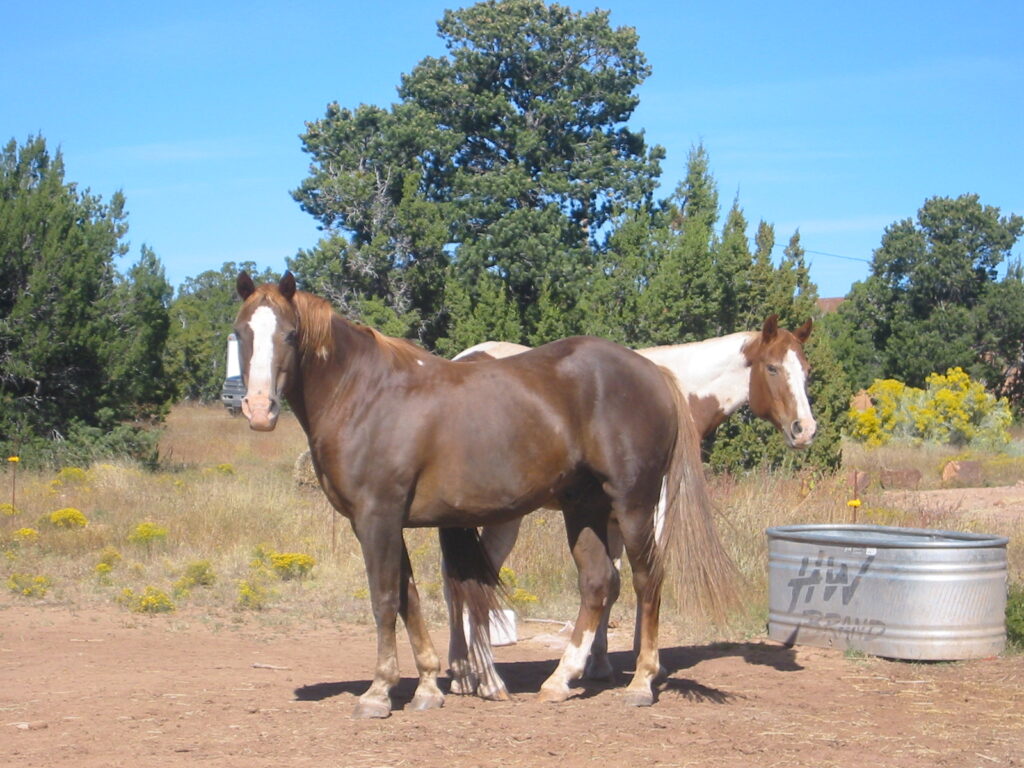
Once your new horse has integrated into the herd, certain management practices can help maintain long-term harmony and prevent the resurgence of conflicts. Regular turnout schedules provide consistency that helps maintain established relationships, while sudden changes to routines can disrupt the social balance. Ensure your pasture or paddock space remains adequate as horses grow or as seasonal conditions affect available grazing areas—overcrowding frequently leads to increased tension even in previously stable groups. Monitor for any changes in dynamic when horses return from extended absences like training programs or medical care, as reintegration may require a modified approach. Provide environmental enrichment that encourages natural behaviors like foraging, which helps reduce boredom-related aggression. The most harmonious herds typically result from thoughtful ongoing management that respects natural equine social needs while providing appropriate resources, space, and attention to individual personalities.
Introducing a new horse to your existing herd is both an art and a science, requiring patience, careful observation, and respect for natural equine behavior. While the process may seem daunting, understanding the underlying principles of horse social dynamics allows you to create conditions that support successful integration. By following a methodical approach—from quarantine procedures through fence-line introductions and gradual integration—you significantly increase the chances of a positive outcome. Remember that each horse is an individual with unique personality traits that will influence how they respond to new herd members. With proper preparation, appropriate facilities, and attentive management during the transition period, most horses can successfully find their place in the herd hierarchy, ultimately creating a stable and harmonious equine community that benefits everyone involved.

